There’s nothing more beautiful than the great outdoors. The scenery and wildlife create a breathtaking view you can enjoy that anyone would appreciate. Of course, candid shots of wildlife aren’t so easy to get. Enter the trail camera. Also known as a game camera, this type of device is a motion-activated camera that captures movies or stills of wildlife that passes through its field of view. There’s no need for a photographer to wait endless hours just for a shot of something rare. Nature enthusiasts can easily learn about wild animals in their natural habitats. Hunters can even use the same videos to track and hunt animals. Of course, there are quite a number of factors to consider when choosing the best trail cameras for wildlife. If you don’t have the time to figure all of this out, we’ve got just the list for you – the best trail cameras for wildlife in the market today.
Top 10 Trail Cameras Of 2020 Reviewed
1. Meidase Trail Camera 16MP 1080P
The Meidase Trail Camera 16MP 1080P is famous for its remote like a keypad, which is meant to make it as easy to operate as possible. The keypad acts as shortcuts to certain features such that you can control your camera’s settings directly. Other than this, the Meidase also has a user-friendly interface with a 2.4 inch LCD screen for easier setup.
The Meidase is trigger-fast, literally taking a fifth of a second (0.2 secs) to start recording your game. This is by far the fastest yet. The camera also comes equipped with a wide view angle, a large aperture, deep optimization sensor which works to give full 1080P video quality on a 16MP resolution. It captures impressive night photos with a 20-meter range and uses no glow, infrared so the animals won’t notice.
Pros:
- High speed 0.2-sec trigger
- Wide-angle view
- Easy to set up
Cons:
- The LED may not illuminate past 10 feet away
- Much as it is IP6 waterproof, water can get access to the lens, display panel, and flash
- The camera doesn’t take the best night time shots
2. Stealth Cam G42 No-Glo Trail Game Camera
The Stealth Cam G42 No-Glo Trail Game Camera has 12-megapixel image resolution, 100-ft infrared range, a trigger speed of 0.5 seconds, and a burst mode of 1-9 images. It also features an SD card slot up to 32 GB and can record 5-180 second HD video with audio.
Aside from the usual features (i.e time, date, moon phase), this trail camera also comes with backlit menu programming, a Quick Set pre-programmed option for those who don’t like fiddling with the device, and Secure Lock password protection (you know, in case someone steals it). However, the strap on this thing doesn’t seem to perform well when exposed to the elements. The camera runs through batteries a little bit faster than other models. And the customer service of the manufacturer needs improvement.
Pros:
- Excellent daytime and nighttime photos
- Secure Lock password protection
- Easy to set up
Cons:
- Poor quality strap
- Poor customer service
- Eats up batteries
3. Campark Trail Camera-Waterproof 14MP 1080P Game Hunting Scouting Cam
If sensitivity and high-quality imagery are what you are looking for in a trail camera, then the Campark Trail Camera-Waterproof 14MP 1080P Game Hunting Scouting Cam is definitely one to consider. You’ll be especially pleased with the 3 passive infrared sensors on this baby which will surely capture every single motion while still consuming very little power.
The camera itself is compact and well made with a simple, easy to use interface. Users have commended its excellent picture quality in both day time and night time. It has a 12-degree wide-angle lens in place so you get a broader view and a 0.3s trigger speed with a trigger distance of 65ft.
With the interface, you can also choose the camera’s hours of operations, the time-lapse, shot lag, sensitivity and resolution, as well as a date/time stamp. You get an option of selecting either a 10-minute video or 1-3 photos for each motion detected. Also included in the backstage is a tree bet and mounting base with a swivel.
Pros:
- High picture quality even at night
- 120-degree wide-angle view
- Fast trigger speeds
Cons:
- The lens protector can be hard to remove without scratching it
- It’s difficult to retrieve and insert the SD card
- May experience some false triggers
4. Moultrie A-40 Game Camera (2018)
The Moultrie A-40 Game Camera (2018) camera comes as an upgrade to the Moultrie A-30 version from the brand. The camera now features a more powerful 14-megapixel image resolution and a super-fast trigger speed of 0.7 seconds which makes it perfect for capturing fast-moving game. The Illumi-night image sensor, backed up with intuitive back-lit controls, enables you to easily set up and capture crisp, clear images of wild game at night.
The camera also makes use of eight AA batteries that will easily get you through to 17,000 images. In this case, lithium batteries are more recommended for use in harsh weather conditions. As a plus, the a-40 also features wireless technology, which is compatible with mobile phones.
Pros:
- Easy to set up even in low lighting
- Provides good value for money
- Captures good images at night
Cons:
- Responds slowly to the higher range settings
- Audio is not so good
- Tends to heat up, so you have to space out periods of recording videos
5. Browning Strike Force Trail Camera
The Browning Strike Force Elite Trail Camera features a PIR Motion Sensor that has a detection range of 55 feet, a motion trigger speed of 0.4 seconds, and a recovery time of 0.8 seconds.
The camera has an Infrared 36-LED Flash with a 100-feet range as well as a Zero Blur Feature which eliminates motion blur at night. Other highlights of the Browning Strike Force Trail Camera include video capability (1280 x 720 HD video clips), a built-in viewing screen, and compatibility to 512 GB SDXC memory cards. However, navigating the menu isn’t easy which makes setting up quite tedious. You also can’t adjust the sensitivity so the camera won’t be able to detect movement from small animals like raccoons, squirrels, and other critters.
Pros:
- Fast trigger speed and recovery time
- Video capability (2 minutes of video)
- Memory card feature
Cons:
- Can’t adjust the sensitivity
- Setting up the camera isn’t easy
6. Stealth Cam IR STC-G30 Game Camera
The Stealth Cam IR STC-G30 Game Camera is an 8MP, Red Glow Infrared camera that is perfect for scouting game, particularly during low-light conditions – pre-dawn or late evening. It can be triggered by motion or manually. It has 3 resolutions – 8MP, 4MP, and 2.0MP as well as HD video capability (5 to 180 seconds). The camera also features 30 IR emitters with an 80-foot range, a trigger speed of 0.5 seconds, and a recovery time of 5-59 seconds. It also has Secure Lock password protection and an SD card slot that is compatible up to 32GB.
Even better, you can plug this in using the external 12V power jack if you have a nearby power supply. If you’re not so tech-savvy or don’t want to create custom settings, then this is a good option for you since it comes with preset settings and it’s quite easy to use. However, removing the SD card can be a pain because it’s near the hinge, making it difficult for your fingers to get around it. Also, some users have reported a little washout on their nighttime photos due to the flash. Plus, there’s no way to adjust sensitivity.
Pros:
- Secure Lock password protection
- Easy setup
- Great for low-light conditions
Cons:
- Flash can sometimes be too bright
- Hard to remove SD card
- Can’t adjust the sensitivity
7. TEC.BEAN Trail Camera 12MP 1080P Full HD Game & Hunting Camera
This HD IR Trail and Game camera from TEC.BEAN has a lot of features similar to other models – 12 MP 1080P high resolution, Password Protection, 32GB SD card compatibility, and blur reduction. It also has a 12V DC external and a built-in LCD color viewer. And its trigger speed – 0.6 to 0.8 seconds – isn’t the fastest we’ve seen. But it does have several features that others don’t have. It has five capture modes such as motion detection and hybrid mode, longer night vision range (up t 75 feet/23 meters), and an IP66-rated waterproof case. However, there have been complaints of poor customer service/tech support. The manual is poorly written and the strap (yes, again) is poorly made.
Pros:
- Five capture modes
- Long night vision range
- IP66-rated waterproof case
Cons:
- Poorly written manual
- Lack of customer service/tech support
- Strap’s buckle breaks easily
8. Bushnell 24MP CORE Trail Camera
The Bushnell 24MP CORE Trail Camera is purposefully designed with a rugged and powerful outer covering, which makes it perfect for shooting for longer periods, and in many different kinds of conditions. This particular model features other characteristics that make it superior to its other counterparts including a 0.3-second trigger speed. This makes it all near twice as fast as most trail cameras on the list. The camera also boasts of an 80ft range at night, a 24 MP sensor and will shoot 1080p full HD video with audio.
The Bushnell also has zero glow infrared lights, which means it emits no light when shooting at night. This makes it good for shooting the animals without disrupting them from their natural state. The camera uses 6AA batteries which, although are bought separately, will last as long as any year. With this, you can adequately capture the wildlife with the changing seasons.
Pros:
- Very fast 0.3 trigger speed
- High resolution 24 MP camera quality
- Has an 80 ft no glow infrared range
Cons:
- Setting up can get confusing although default setting should be adequate
- Is more expensive than other trail cameras
- Users complain of substandard night picture quality
9. Spypoint Solar
Don’t want to run out of batteries and miss the next buck that passes through? Well, the Spypoint Solar Trail Camera should be right up your alley. It’s got a built-in solar panel which doesn’t require direct sunlight so you have almost unlimited battery life. Though, it also runs on 6 AA batteries and features an external 12-volt battery jack. This 12MP camera features red glow infrared LEDs, a 41.4° Field of view, and a 2-inch built-in viewing screen.
Aside from photos, the camera can capture 1280 x 720 video w/ audio and features hybrid mode as well as multi-shot mode. Trigger speed is 0.5 seconds with a recovery time of 0.58 seconds and a detection range of 120 feet. However, some night photos are blurry and dark. It cannot use NiMH rechargeable batteries (though it does have that solar panel). And it is quite expensive.
Pros:
- Very fast trigger speed
- Built-in solar panel
- Built-in viewing screen
Cons:
- Expensive
- Cannot use NiMH rechargeable batteries
- Blurry night videos
10. WOSODA 16MP 1080P Trail Camera
Despite being the last on our list, the WOSODA 16MP 1080P Trail Camera still matches up to any other top-notch camera you can find. Featuring 16MP, the camera is able to capture all those crystal-clear images during day time and clearer black and white images at night. The camera can also be used for surveillance at home and for security.
The Wosoda also has a 0.3-second trigger speed, with low-glow PIR technology. These kinds of lights are able to operate discretely without disturbing the wildlife. The more outstanding features, however, include the multi-recording modes, which tend to focus more on the animals and reduce those accidental shoots on grass and leaves. The camera also boasts of an IP54 waterproof certification which means it will hold against rain and sand dust.
Pros:
- Is cheap yet takes good quality pictures
- The trigger is fast with good recovery time
- Well-built with a solid body
Cons:
- Setting up may initially be hard
- Some users claim the sensitivity is not quite on point
How to Choose the Best Trail Cameras: The Ultimate Buying Guide
A trail camera for wildlife is a motion-activated device that can take videos or photos of animals passing through the camera’s field of view. This enables nature enthusiasts to observe animals in their natural habitat or hunters to save time sitting in a blind, just waiting to find a game in the area. Take note that this is just one type of trail camera.
Others can be used for security purposes while some are utilized by photographers to shoot images at obscure angles such as for sports. Naturally, with all the options available as well as different factors to consider, looking for the right trail camera for wildlife can become confusing. This guide should help you get a clearer picture of trail cameras and how to choose the right one.
What are the basic features Should Look For?
Weather resistance: A trail camera is going to be exposed to the elements – rain, sun, sleet, snow, and wind. If it can’t survive under any of these conditions, then it’s not worth anything at all.
Lens: a high-quality lens is required if you want clear, detailed shots of wildlife, day or night.
Megapixels: this isn’t the sole deciding factor on picture quality since the lens also plays an important role. So, don’t be fooled by manufacturers who advertise a high pixel count. That being said, a trail camera with 10 megapixels or higher should be sufficient for your needs such as the Moultrie A-30 Game Camera.
Note: the best way to judge a trail camera’s picture quality is to look at actual samples of photos from reviews. This enables you to see color, contrast, clarity, and resolution.
How Can I Be Sure that I Can Get Good Night Pictures?
Trail cameras come with infrared emitters in order to capture nighttime activity without scaring animals away from the area. The type of flash used by a trail camera will affect the quality of your night pictures.
No Glow Infrared – the infrared light is invisible to the human eye which makes it perfect for capturing images of wildlife. However, the image may be grainier and darker compared to those from other flash types. The Stealth Cam G42 No-Glo Trail Game Camera is a No Glow Infrared camera.
Red Glow Infrared – this enables the trail camera to take brighter photos than No Glow Infrared ones as well as have a longer range. However, the picture will still be in black and white and the glow of the Infrared emitters may be seen by the animals. The Stealth Cam IR STC-G30 Game Camera is an 8MP camera with Red Glow Infrared.
White Flash – this enables you to capture images of wildlife in color. However, the bright white flash can spook animals.
What is Trigger Speed?
This is the time that elapses from when the motion of an animal first activates the camera and when the camera takes the picture. This feature is crucial because it can mean the difference between getting a clear shot of an animal or taking a photo of their tail as they leave the detection zone. The ENKEEO PH730S Trail Camera has one of the fastest trigger speeds we’ve ever tested at 0.2 seconds.
What is the Recovery Time?
Recovery refers to how fast the camera can store a photo, reset, then be ready to take the second one. The recovery time of a trail camera is dependent on the hardware and circuitry design, specifically the processor. If you want a fast recovery time, the Spypoint Solar is a good choice with 0.58 seconds.
What is the Detection Zone?
The detection zone is the area (angle + distance) where the camera is able to pick up movement and trigger a photo. This is different from the camera’s field of view which refers to the angle of what the camera can actually see. The latter is dependent on the lens while a trail camera’s detection zone is dependent on the sensitivity of the Passive Infrared Sensor. The ENKEEO PH730S Trail Camera has a detection angle of 120° and a distance of 65 feet.
A trail camera’s detection zone is critical only when you take into account the camera’s FOV and trigger speed. A slow trigger speed may require a detection zone that is wider or equal to the FOV to ensure that the animal is within the frame before the camera takes a shot. A camera with a faster trigger speed, on the other hand, may feature a narrower detection range compared to its FOV.
Other Factors to Consider
Memory
Whichever trail camera you end up choosing, it needs to have enough memory to store hundreds of photos or several minutes of video before you need to retrieve it. Think about how long the camera needs to stay in position as well as how easily accessible the camera is to you. You should also consider how frequently the camera captures video or pictures.
Battery Life
It doesn’t matter how fast or how much memory your trail camera as if it runs out of battery. Look for NiMH or Lithium batteries. NiMH rechargeable batteries last longer in cold weather and won’t require you to change batteries often which is good for the environment. In comparison, lithium batteries are more reliable and have longer battery life overall.
Any Extra Features I Might Like?
The features discussed below are nice to have but not essential to capturing images of wildlife.
Memory card: being able to add an SD or microSD memory card to your trail camera can increase the amount of storage available for your photos and enable you to leave it in position longer. You can also replace it with a new memory card, allowing you to keep the trail camera in position while you check out what photos it was able to store.
Video: not all trail cameras for wildlife have video capability. Individuals who wish to study the movement and feeding patterns, as well as interactions of animals, will benefit more with video.
360° capabilities: There are many 360° capable cameras on the market that will allow you to take panoramic photos and create virtual tours to share your full experience. They are generally small, lightweight with 2 wide angle lenses that make it easy to capture everything around you with minimal effort.
Remote transfer: some cameras have 3G or 4G capability, enabling you to receive images on your smartphone as long as there is cell reception where the camera is located. Cameras with this feature tend to be expensive. However, it does enable you to save on storage space and reduces the number of times you need to visit the camera to retrieve the photos.
Onboard viewer: a built-in LED/LCD viewscreen lets you see the images stored in the camera without having to download the images to a computer. Take note that this feature may be vulnerable to moisture – increasing the potential for the camera to get damaged due to exposure to the elements. The Browning Strike Force Trail Camera is one example of a trail camera that features a built-in viewing screen.


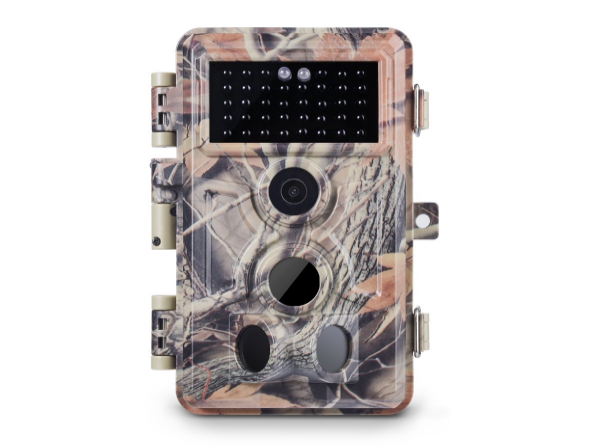
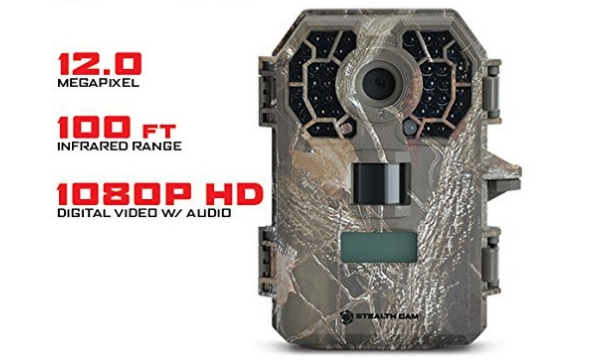
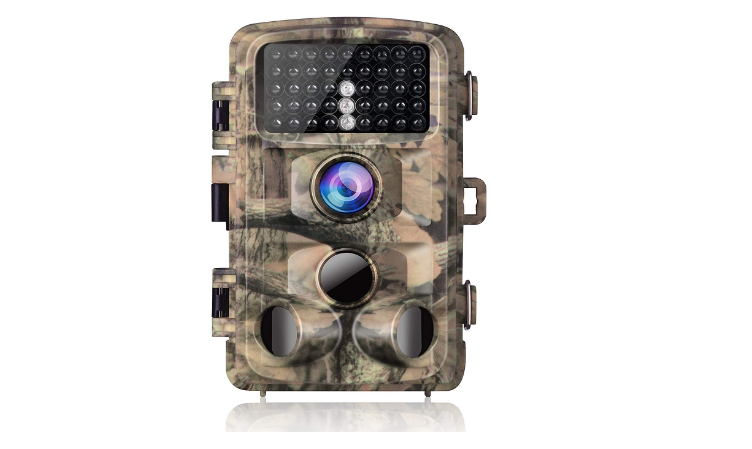
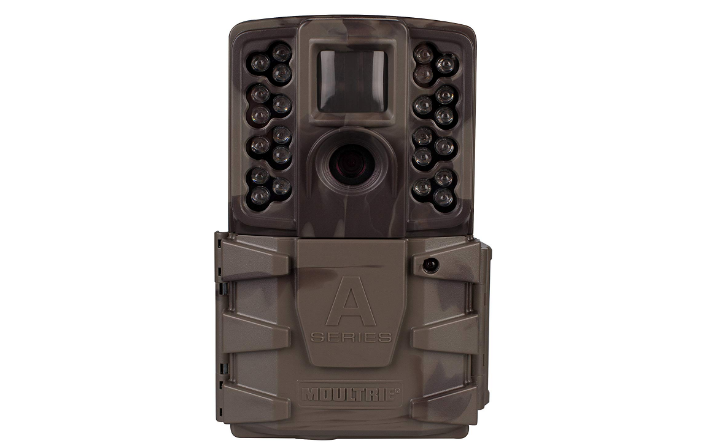
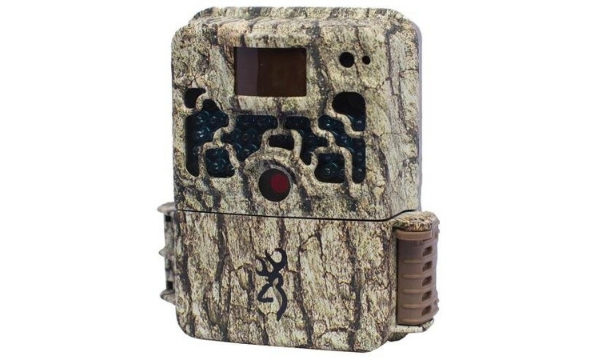
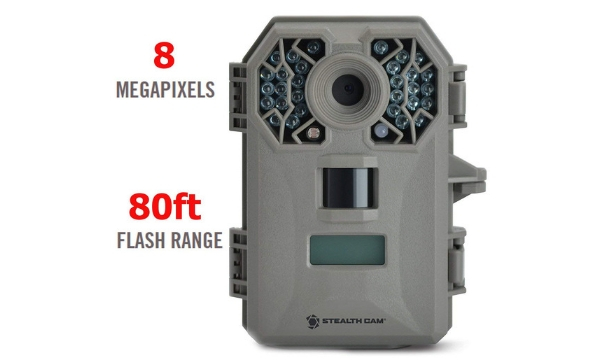
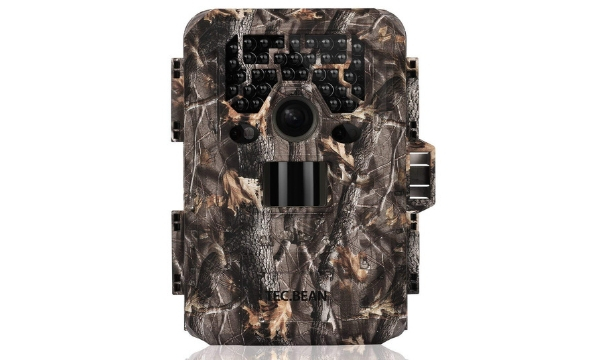
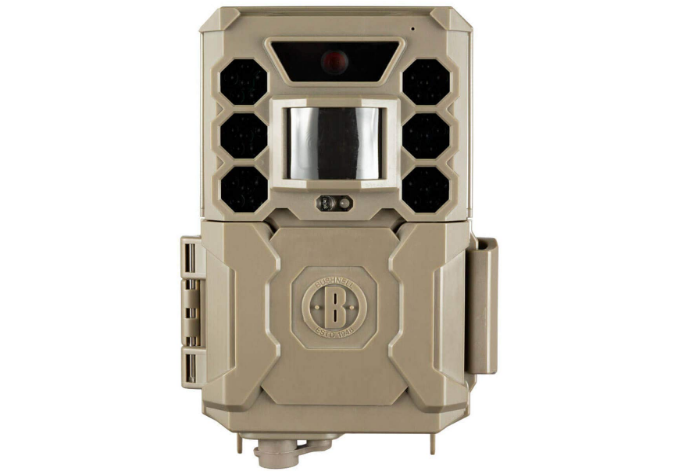
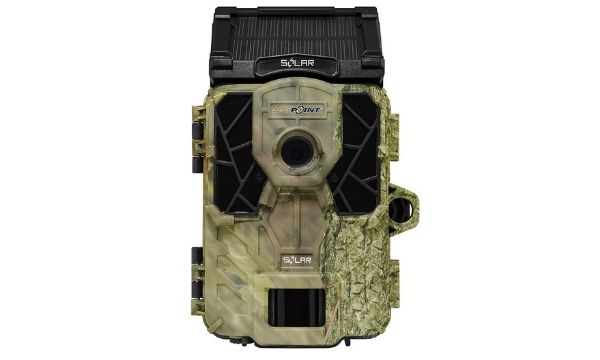
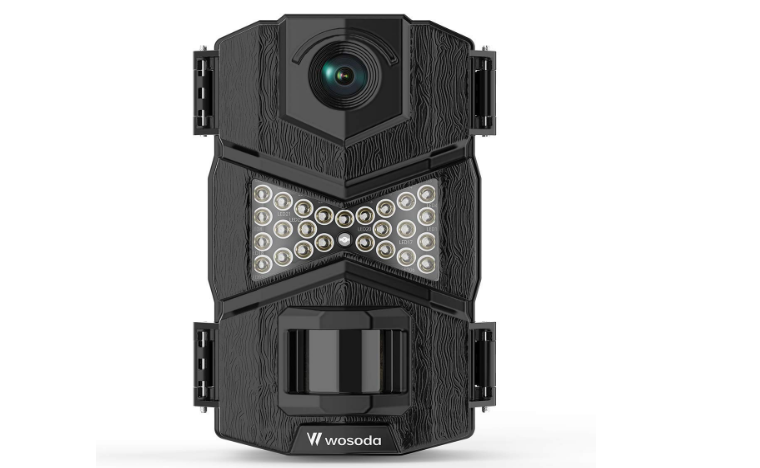
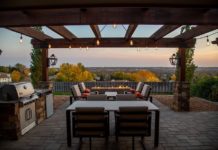
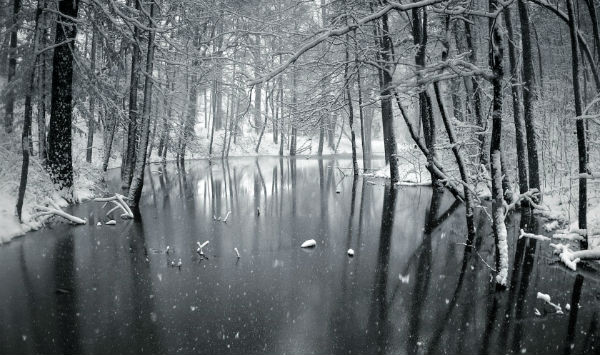


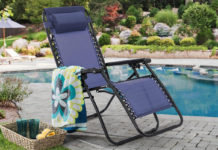
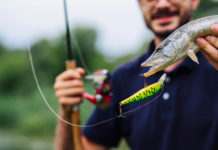





![Best Crochet Hooks for Beginners and Pros [2020 Update] best crochet books](https://www.awebtoknow.com/wp-content/uploads/2018/01/best-crochet-books-100x70.jpg)


